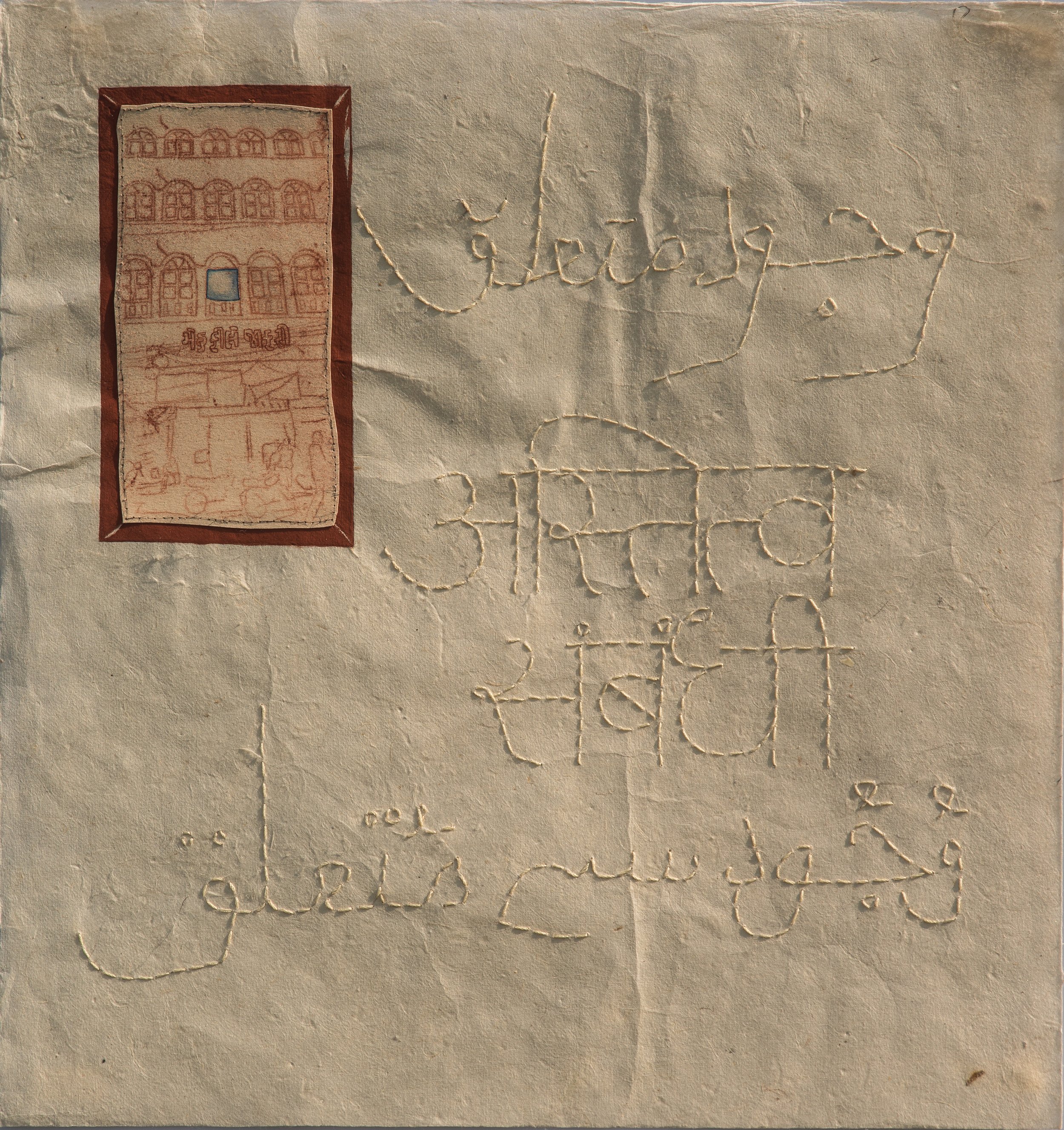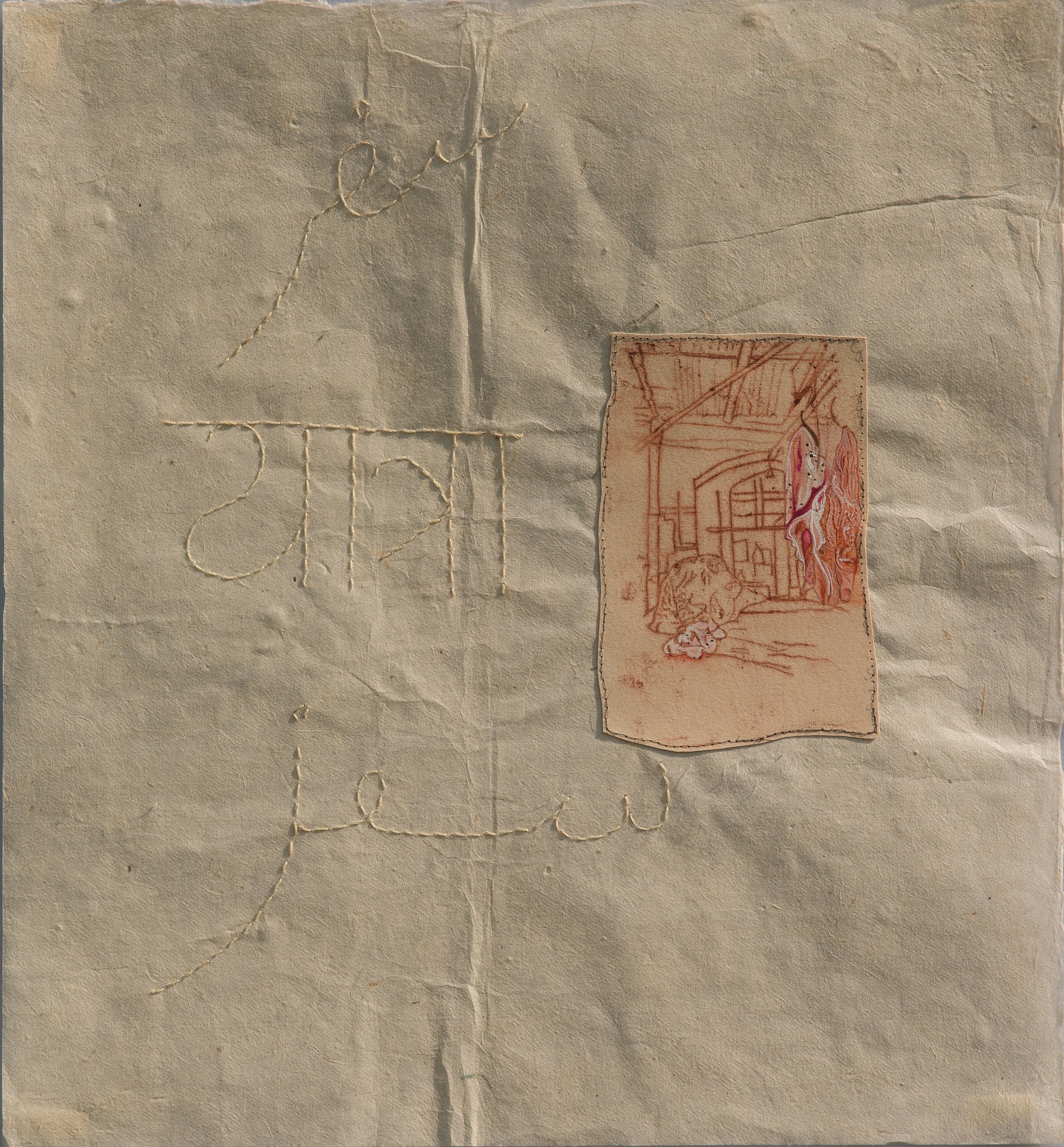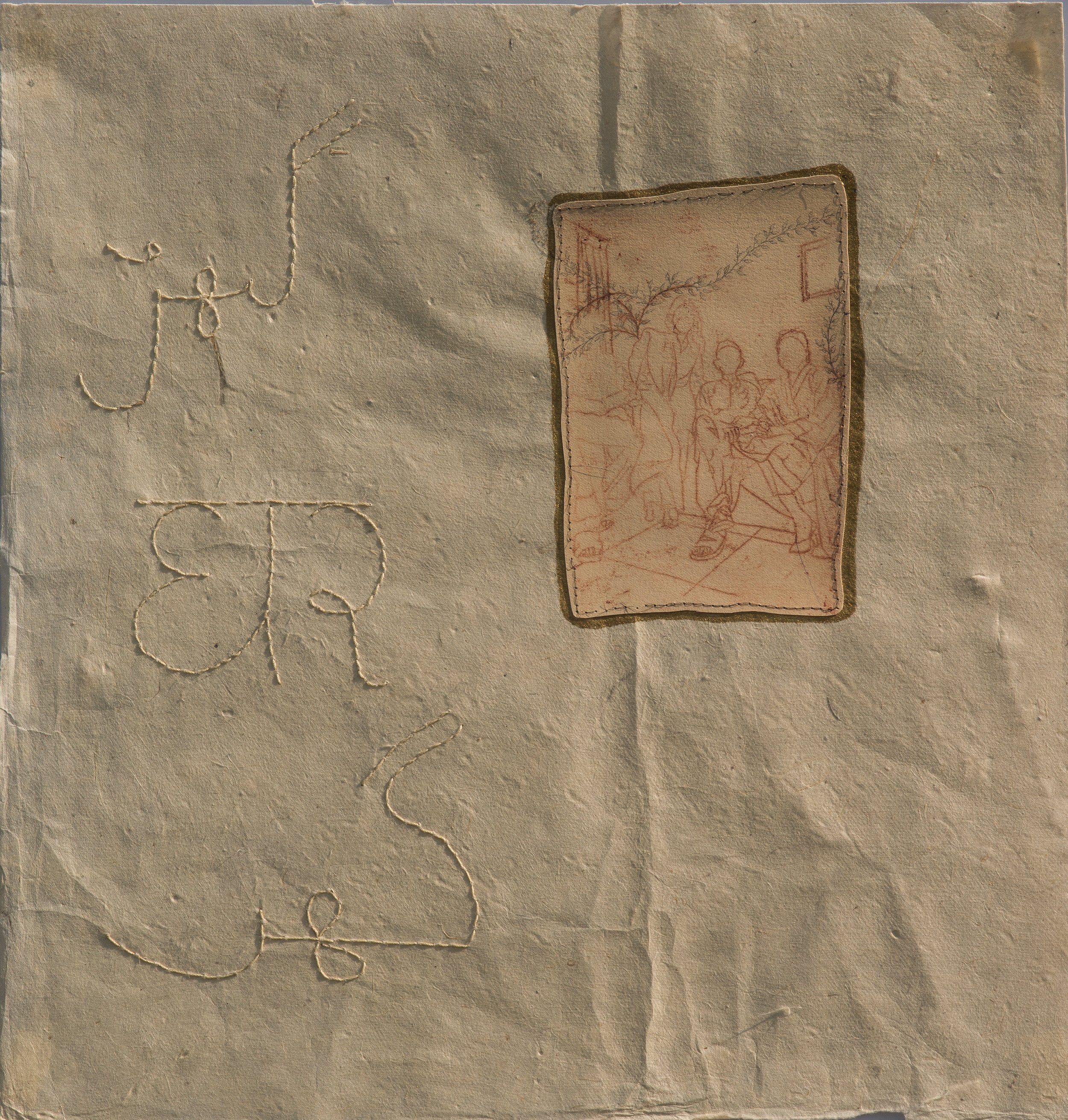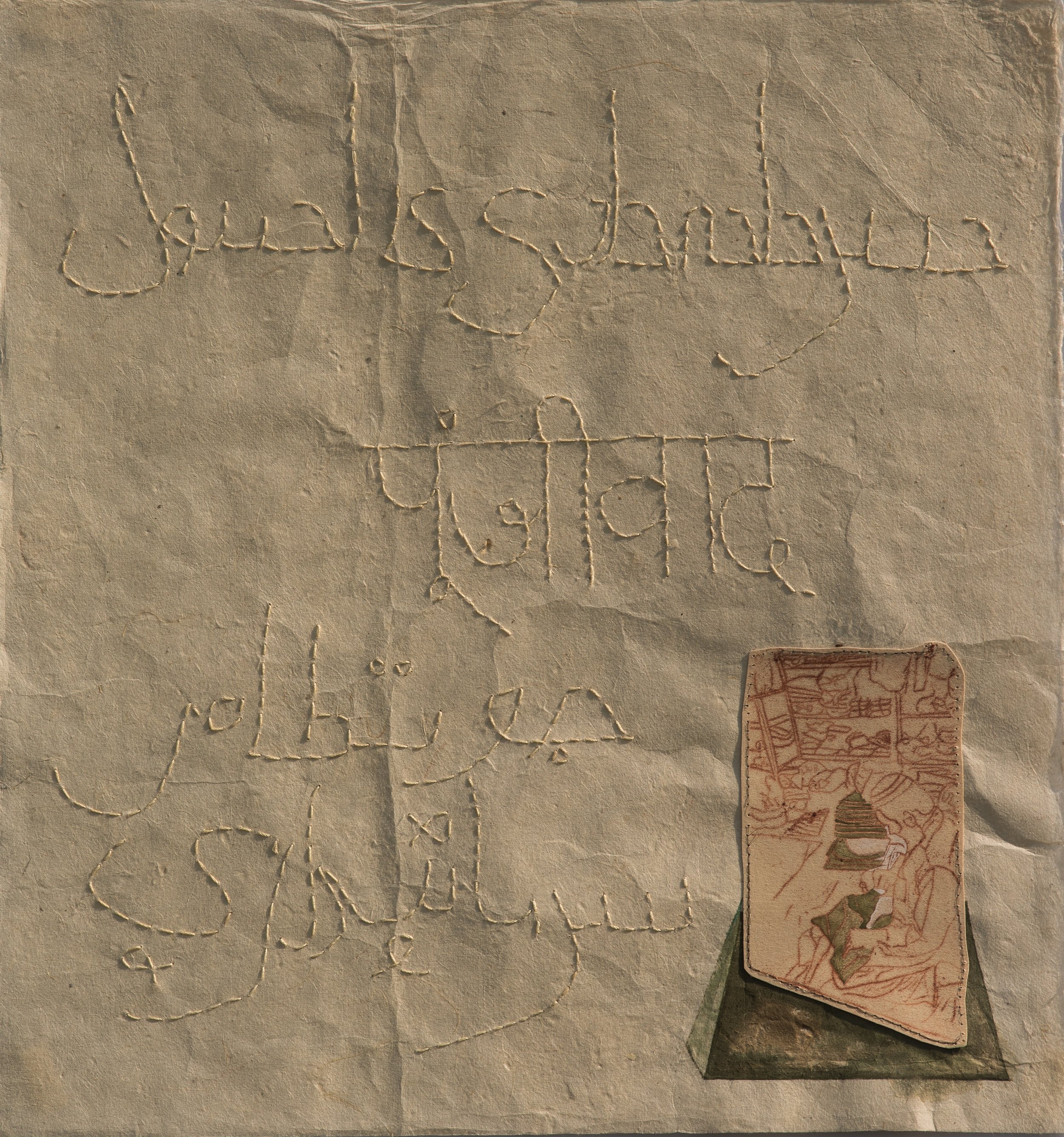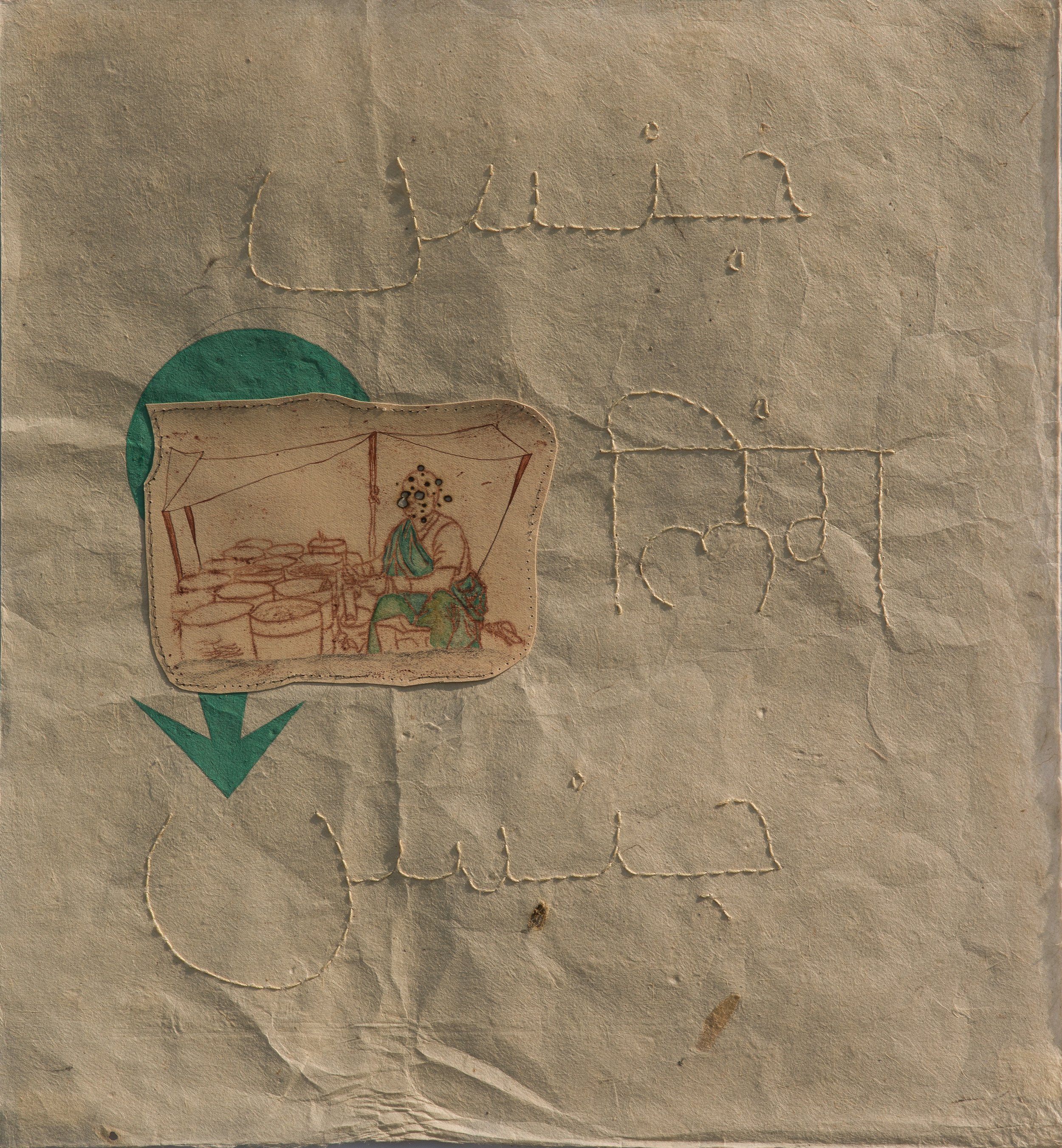
Pidarshahi (Patriarchy) — Hira Khan
Madar-e-Watan (Motherland) — Hira Khan
Jagah (Place) — Hira Khan
Humnafas (Companion) — Hira Khan
Mardamshumari (Census) — Hira Khan
Habal-e-Suri (Umbilical Cord) — Hira Khan
Dhoka (Betrayal) — Hira Khan
Gender (Jince) — Hira Khan
وجود
अिस्तत्व संबंधी - wujood se mutaliq astitv sambandhee – existential — Richi Bhatia
سفر
यात्रा – safar - yaatra – journey — Richi Bhatia
جمہوريت
जनतंत्र – jamhooriyat - janatantr – democracy — Richi Bhatia
گھر
घर – ghar – home — Richi Bhatiaشادی
शादी - nikkah – shaadee – wedding — Richi Bhatia
حَبَلِ سُری
गर्भनाल - habal-e-suri – garbhanaal – umbilical cord — Richi Bhatia
سرمایہ داری
पूंजीवाद - sarmayadaari ka ussol – poonjeevaad – capitalism — Richi Bhatia
جنس
लिंग - jince - ling - gender — Richi Bhatia
Lafzi Muamma
By Richi Bhatia and Hira Khan
‘Lafzi Muamma’ or Word Puzzle is a lovingly crafted memoir by Richi Bhatia and Hira Khan, in and for the digital era across two cities, Karachi and Mumbai.
Bhatia and Khan have created a glossary or multilingual thesaurus prompted from their respective surroundings and autobiographical nuances, which have been translated through visual compositions.
This exchange project emerged from a shared ancestral history that witnessed the partition, and the subsequent loss of languages and geography. Being a confluence of diverse cultures since pre-Partition years, both Karachi and Mumbai provided ample inspiration and source material, such as the Hindi and Gujarati shop hoardings in Karachi, and similar Urdu and Arabic hoardings in Mumbai.
The project diversifies barter through visual and literary interventions in the form of words, phrases, images and ideas woven in a diaristic approach across four languages: Sindhi, Hindi, Urdu and English.
These images combine Khan’s documentation of Karachi and Bhatia’s documentation of New Delhi, Mumbai and Ahmedabad.
Khan’s images have been constructed as photo montages, overlaid using hand stitch and machine embroidery over a mundane consumer item, thaili (plastic bag), a recurring medium in Khan’s practice. The compositions have been then paired as diptychs with their representative words in three languages.
In a similar vein, Bhatia has sculpted the images shared by Khan from Karachi, that encompass her immediate social surroundings and interior scapes. The images have been carefully chosen for their representation of the extraordinary socio-political times we live in, and have been fabricated using powder earth pigments and woven with hair, elements that serve as metaphors of belonging and loss on the either side of the boundary.









